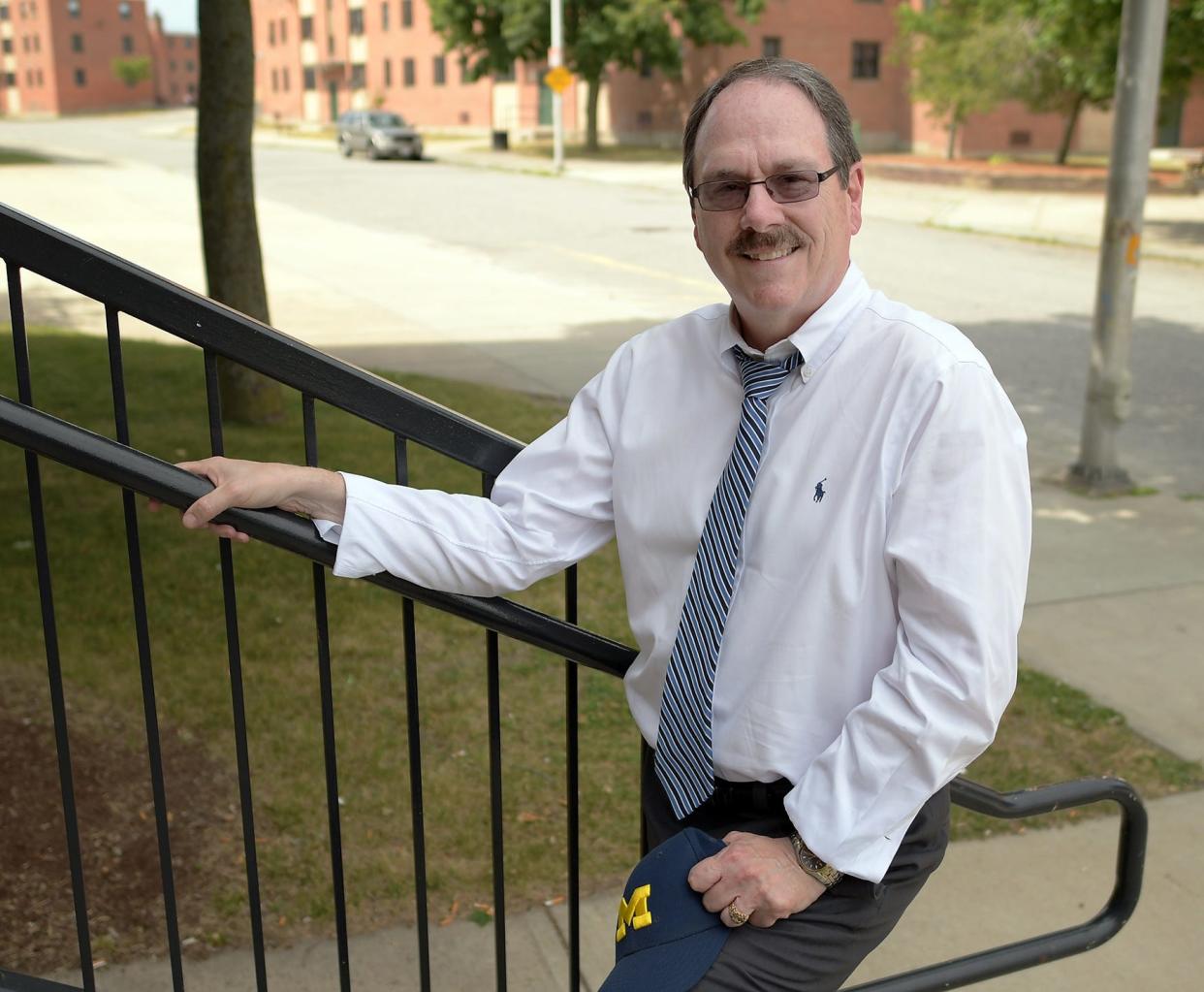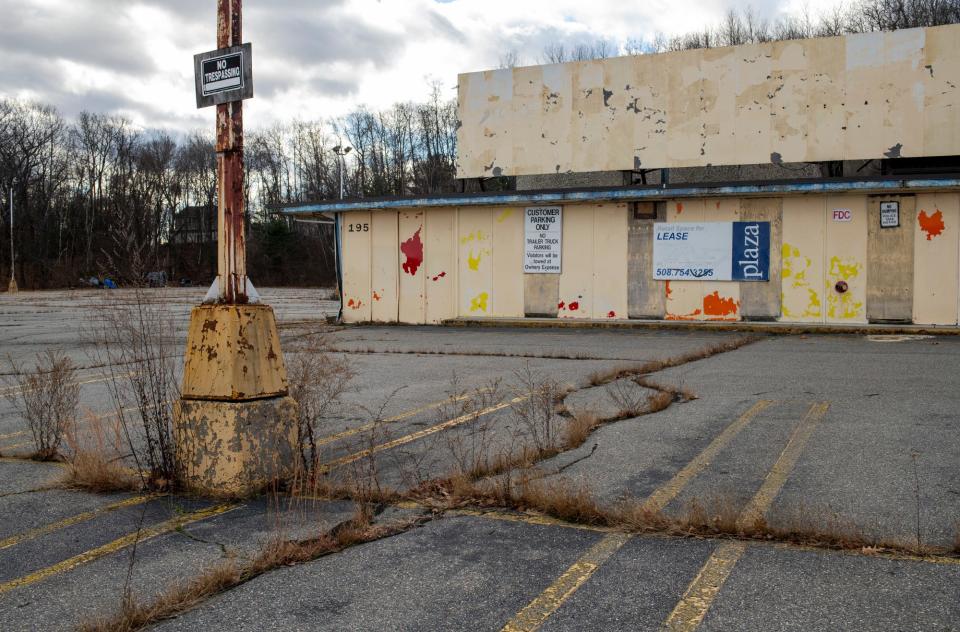Ray Mariano: A tale of two Worcesters

Growing up in the city, like most people, I saw two Worcesters. There was the west side of Worcester — roughly separated from the rest of the city by an imaginary line running from the Summit along Gold Star Boulevard and then Park Avenue to Webster Square. Everything west of that line was loosely referred to as the west side. And everything to the east of that line was, well, everything else: Grafton Hill, Shrewsbury Street, Quinsig Village, Vernon Hill, College Hill, Main South, South Worcester, all the rest.
The sun always seemed to shine a bit brighter on the west side. The streets were cleaner, there was no graffiti and neighborhoods were safer.
The other side of the city was more densely populated, with dozens of families crammed into a single neighborhood street. There was more litter, more graffiti, crime was higher and if you were looking for a social service agency, you’d find it there. They may not have been perfect, but these were great neighborhoods.
That was a different time. Today there are still two Worcesters. However, the boundaries have changed. One Worcester is roughly defined as downtown and the Canal District. The other Worcester is everything else.
A beautiful downtown
Years ago, Worcester had a bustling downtown. Main Street and streets close by held dozens of popular retail stores anchored by Denholms, Filene's, Barnards and Sears. On Wednesday and Thursday nights, customers packed the sidewalks throughout downtown walking three or four abreast. It wasn’t uncommon for someone to step off the sidewalk and into the street because the sidewalks were so crowded.
Unfortunately, with the advent of suburban shopping malls, Main Street started to fade away. When the Worcester Center/Galleria was built it slammed the door to downtown shut until it withered away and became an embarrassing shell.
Over the next several decades, Worcester started to rebuild its downtown brick by brick. First came the Centrum/DCU Center. A few years later it was Medical City/St Vincent Hospital, then a refurbished Union Station, a new courthouse, Hanover Theatre and Mass College of Pharmacy that added key bricks to the revitalization. With each new brick, the pace of new development quickened. When the shopping mall finally fell to the wrecking ball, downtown Worcester really took off.
Today, Worcester has a beautiful downtown. OK, some of the new buildings have no real character, are boring to look at, and were designed more by accountants trying to save money than architects. But, overall, a stroll or ride along Main Street and down Front or Franklin streets is a real pleasure.
Thanks to the newly established Business Improvement District, which collects additional money from area property owners, the streets and sidewalks are spotless. Large pots of colorful flowers hang on every lamppost and adorn median strips. The Common behind City Hall is manicured and hosts summer and winter entertainment.
The old courthouse has been redeveloped into beautiful housing units. In addition to all the new construction, existing commercial buildings are being refurbished and redeveloped, adding hundreds of housing units and sparkling new commercial space downtown. Heck, even the often maligned Midtown Mall has decided to join the party with a facelift and redesign.
And more is on the way. The old Boys Club building, the Denholm building and the former Registry of Motor Vehicles building at 611 Main St., all uniquely difficult development projects, have life and should move forward. Presently, there are eight different projects under construction or planned just for Main Street.
With the addition of the Red Sox franchise and the construction of Polar Park, downtown extended its reach throughout the Canal District. Between the locations, there are more than 2,000 new apartments, a dozen or so new buildings and scores of restaurants and bars to patronize.
For several decades, the city has worked to re-create its downtown. And while there is still more work to do, the result has exceeded almost everyone’s expectation.
Everything else
The other Worcester hasn’t fared nearly as well. If you travel along Grafton Hill, Quinsig Village or Vernon Hill, you’ll find older buildings badly in need of a facelift, more litter, more potholes, cracked and crumbling sidewalks and graffiti. You’ll also find more crime.
Unlike the painstaking attention paid to the Worcester Common, Elm Park and Institute Park have water bodies that have been badly neglected and are choked by huge weeds.

Perhaps the most obvious symbol of neglect can be seen a few miles away from City Hall on Mill Street. The former Big D market is a decaying hulk, an eyesore that sits along a busy street screaming for attention. While city leaders have given away millions of tax dollars to facilitate downtown reconstruction, buildings like this, far away from the city center, are desperate for attention.
To be fair, there has been an effort made to help rebuild Shrewsbury Street and parts of Main South. And there are spots of commercial expansion on some major roadways. But, overall, large sections of the city have been neglected.
The city’s development team has done outstanding work in bringing new development to Worcester. As they continue their work in and around downtown, they need to find creative ways to spark development, especially housing for families, in other neglected sections of the city. Ultimately, the condition of the neighborhoods is every bit as important as the buildings near City Hall.
To make that happen, the city manager and city councilors need to remember that Worcester is more than a shiny new downtown and ballpark.
This article originally appeared on Telegram & Gazette: Raymond Mariano column on downtown Worcester and the neighborhoods

